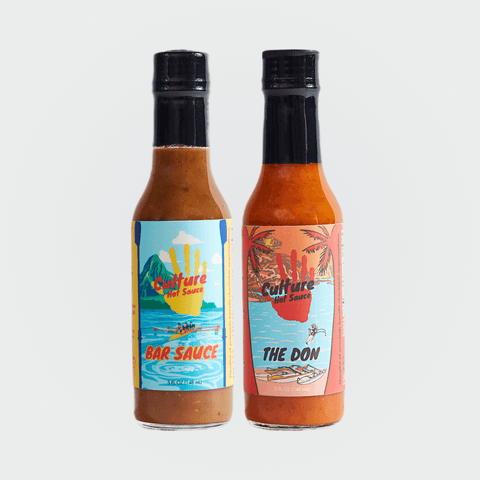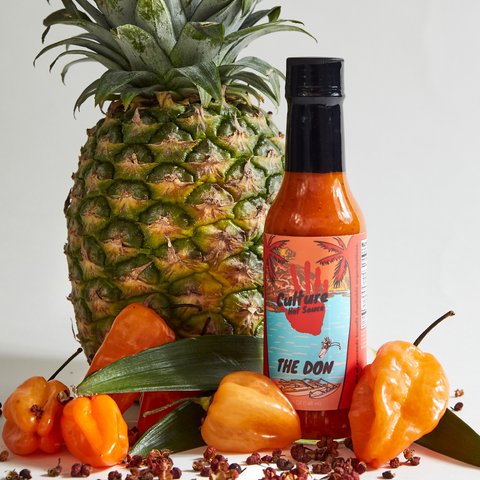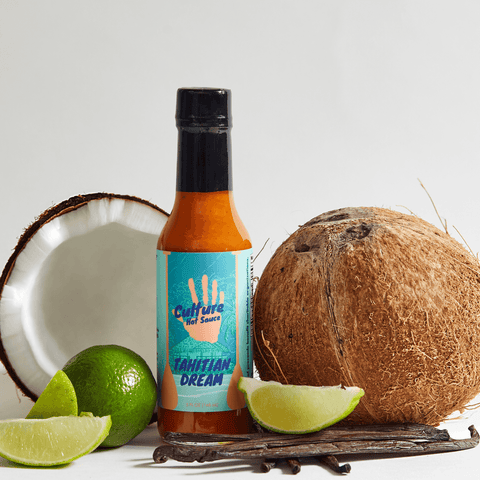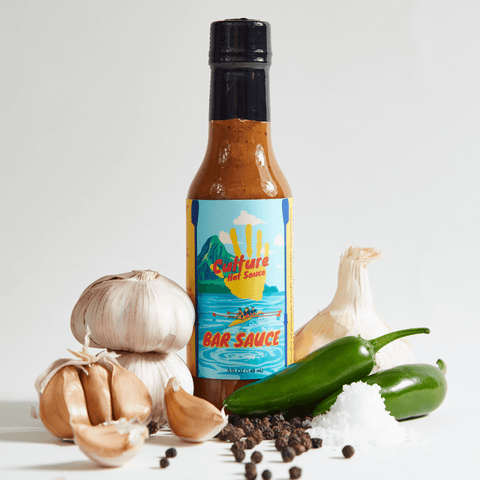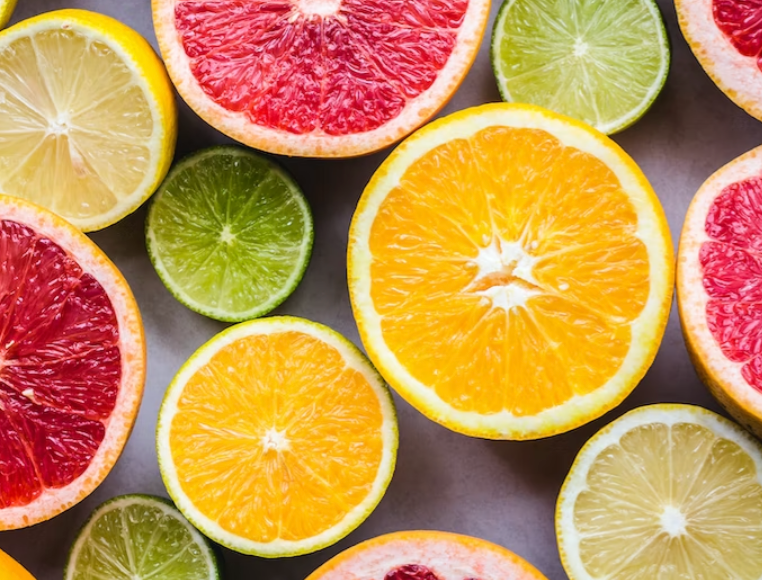
Looking for the science? Check out these notes from Chef Dave.
Emulsifier: a substance that stabilizes an emulsion, in particular a food additive used to stabilize processed foods. Keeps a uniform substance.
In hot sauces, it is most common to use xanthan gum as an emulsifier.
pH: (power of Hydrogen) It is a scale used to specify how acidic or basic a water-based solution is. It indicates the concentration of hydrogen ions in a solution. The scale is logarithmic, to put into an analogy is like a Richter scale, each number is a ten multiple of the previous.
This is important in canning because the goal is to have a product under a pH of 4.6 to prevent the growth of clostridium botulinum.
Acids and Bases: An acid is defined as a compound that has the ability to release a hydrogen ion (H+) in water solutions. A base is defined as a compound that releases a hydroxide ion (OH-) into a water solution. Organic acids, such as citric acid, acetic acid, and lactic acid are weak acids. A weak acid is an acid that does not completely dissociate into ions when placed into water. We commonly use organic acids to control bacterial growth in food.
Clostridium Botulinum: is a spore-forming, anaerobic bacterium. The vegetative cell cannot survive and grow in the air but its spores are not affected. Spores are heat resistant, vegetative cells are not. Fortunately, this bacterium cannot grow and produce toxin at pH 4.6 or below.
A fun fact that we all find interesting is the potency of how lethal this toxin is. With just half a pound of toxin produced by these bacteria would kill all the humans on earth. Most cases nowadays are very low and come from home canning. From 1990-2000 there were 263 cases from 160 events in the U.S.
Preservatives: Preservatives are commonly added to extend shelf life, freshness, and color. They extend shelf life by inhibiting the growth of harmful bacteria, molds, and yeasts. In canning the main focus is to deter the growth of the bacteria clostridium botulinum.
Canning Methods: When canning it is important that the can is sterile or will become sterile after filling. It is also important that the product in the can has undergone proper preparation to ensure there are no harmful bacteria and will be no harmful bacteria in the product.
Acetic Acid (vinegar): This is the most common acidifier in hot sauces.

Citric Acid: One of the most widely used preservatives because of its buffering capacity. It works well to resist excessive increases in pH.
Natural Flavoring: Natural flavors are basically added aroma that is created from plant or animal sources, that is then processed, fermented, or distilled in some way.
Technically is not bad but usually means the product manufacturer is skimping out on quality for profit.
Taste and Flavor: People can commonly identify four basic taste sensations: sweet, sour, bitter, and salty. In the mouth, these tastes, along with texture, temperature, and the sensations from the common chemical sense, combine with odors to produce the perception of flavor. Flavors are recognized mainly through the sense of smell. The sides of the tongue are more sensitive overall than the middle, and the back of our tongue is more sensitive to bitter tastes.
Xanthan Gum: Is created by a sugar that is fermented by a bacteria called Xanthomonas Campestris. It is a soluble fiber and is used to stabilize and thicken foods.
